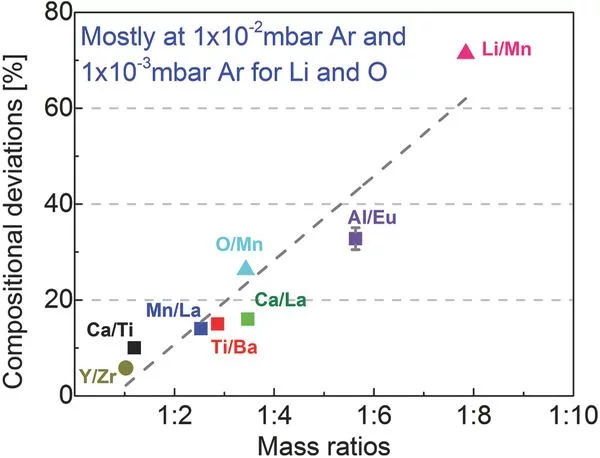Abstract:
Despite the apparent simplicity of pulsed laser deposition, consistent deposition of thin films with the desired thickness, composition, crystallinity, and quality still remains challenging. This article explores the influence of process parameters with respect to film thickness and composition, two key aspects for thin films which have a very strong effect on film properties, possible applications, and characterization. Using five perovskite materials, a systematic analysis of different process parameters, e.g., target material, deposition pressure, fluence, substrate temperature or target to substrate distance, is performed. The results are classified under target ablation, plasma expansion, and substrates effects, which provide vital guidance to reduce the degree of trial and error when producing thin films. Moreover, they enable the understanding of what should be considered, and avoided for the deposition of thin films.
Keywords: Pulsed Laser Ablation; Laserinduced plasma; Plasma spectroscopy; Thin films; Thin film properties;
Facility: Thin Films and Interfaces, LMX, ETHZ
Reference: A. Ojeda, M. Döbeli, and T. Lippert, Adv. Mat. Interfaces 5, 1701062 (2018)
Read full article: here

